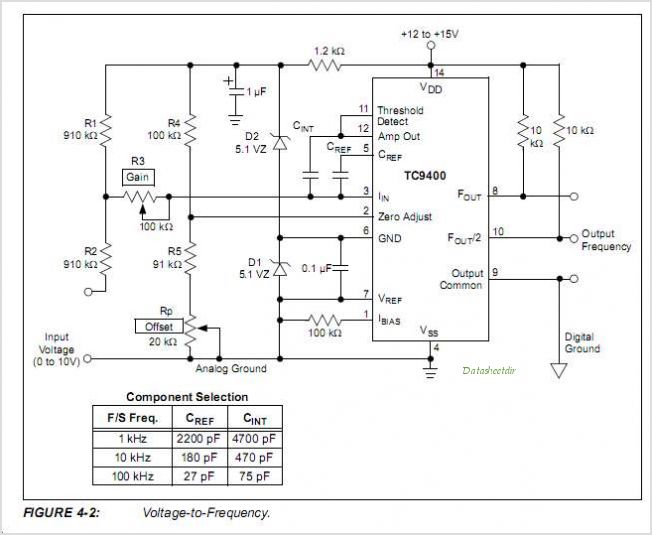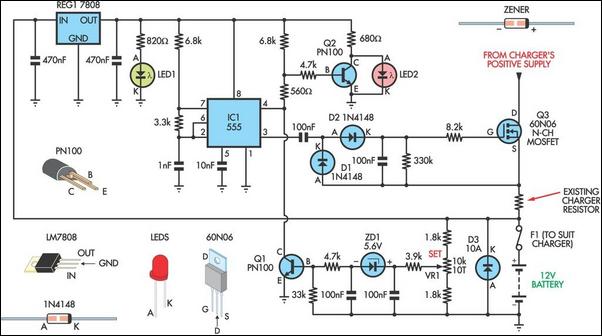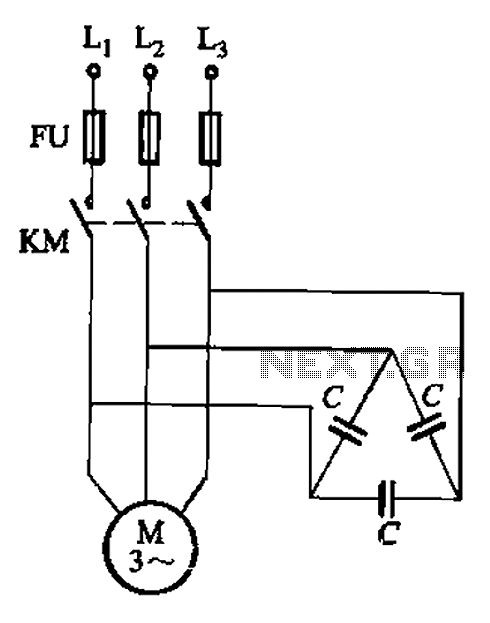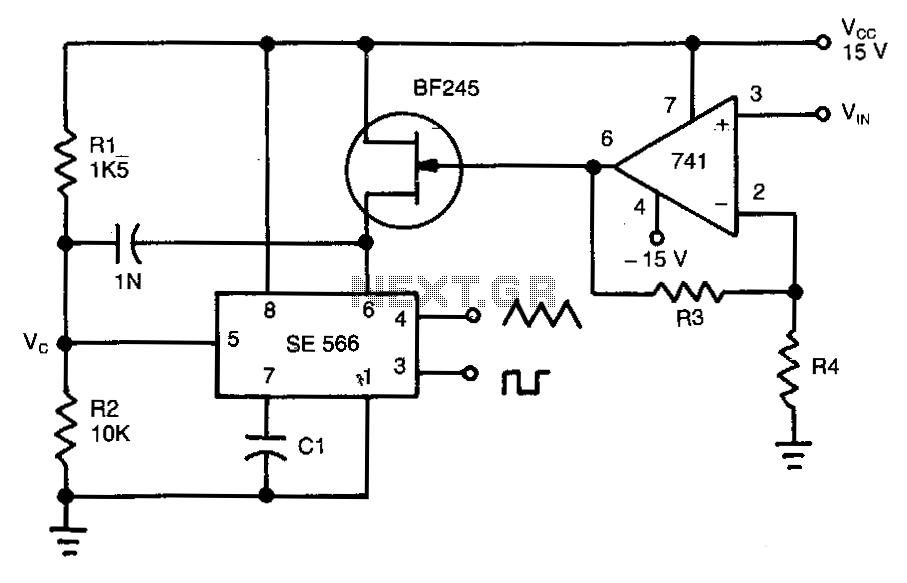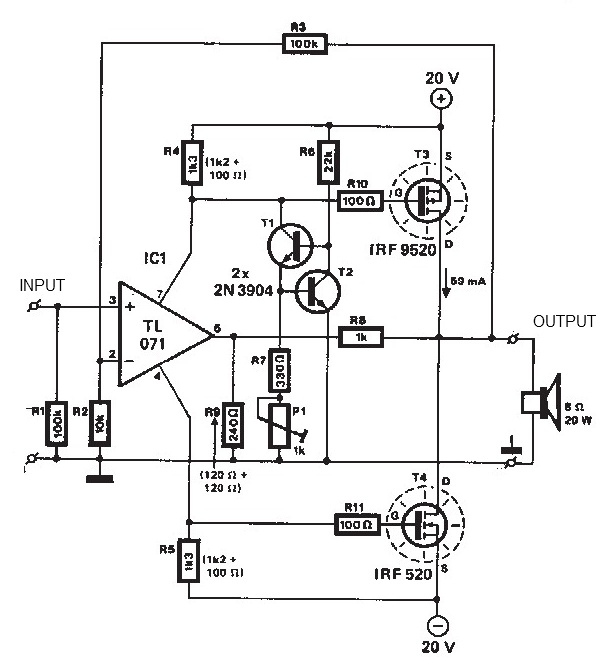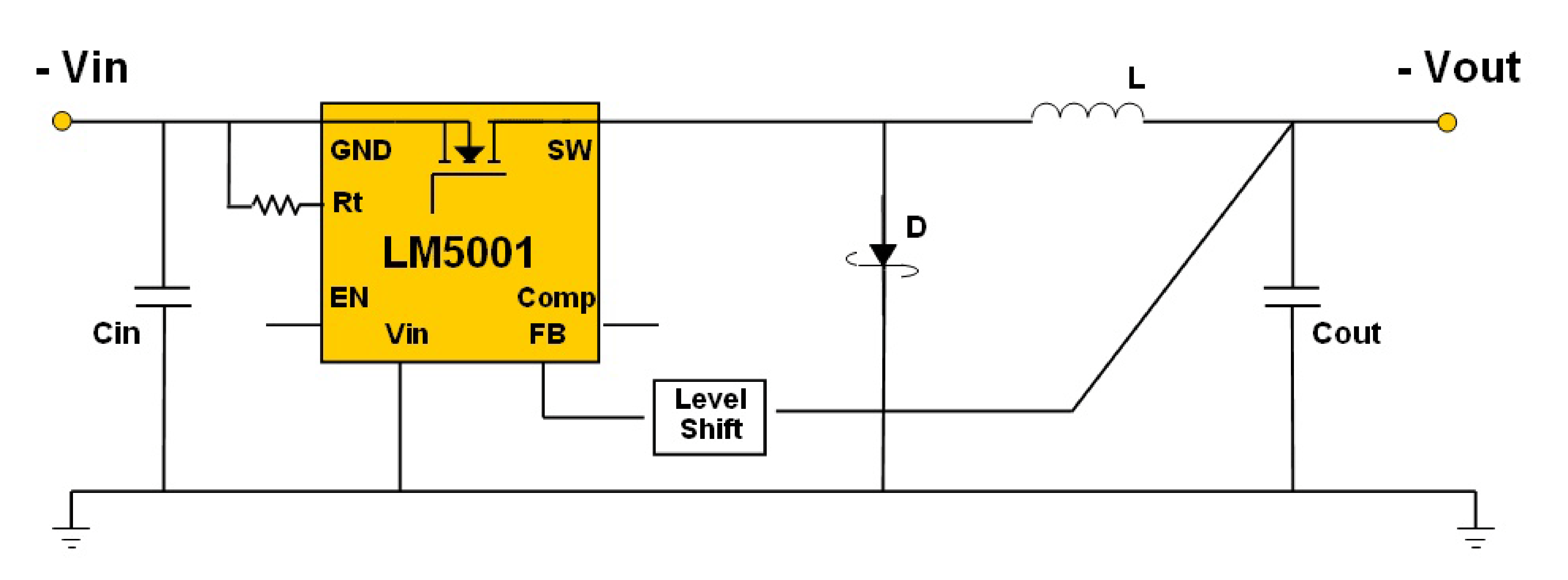
MC33374 high power voltage switching regulator
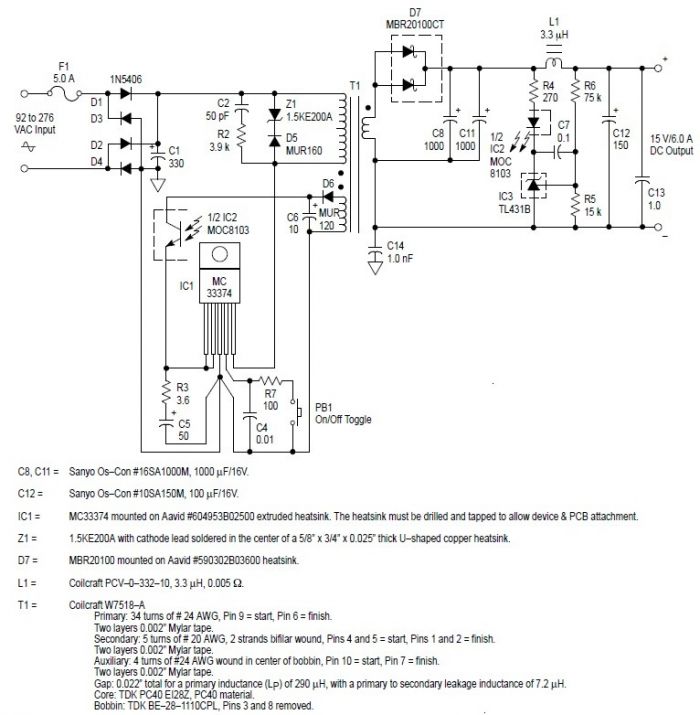
This switching power supply circuit diagram is based on the MC33374 high-power voltage switching regulator IC manufactured by Motorola Semiconductor. The MC33374 switching power supply circuit will provide a maximum output power of around 90 W and requires few external components. The MC33374 switching regulator IC is designed to operate directly from a rectified AC line source and, in flyback converter applications, is capable of providing an output power in excess of 150 W with a fixed AC input of 100 V, 115 V, or 230 V, and in excess of 90 W with a variable AC input ranging from 85 V to 265 V. The challenging aspect of this switching power supply circuit is the design of the T1 transformer; however, design data is available below, or a transformer can be purchased from Coilcraft.
The MC33374 integrated circuit is a versatile high-power voltage regulator designed for use in switching power supply applications. Its architecture allows for efficient conversion of AC voltage to a regulated DC output, making it suitable for a variety of electronic devices that require stable power sources. The circuit typically employs a flyback topology, which is particularly effective for isolating the output from the input and allows for high voltage gain.
In this configuration, the MC33374 can manage input voltages across a wide range, accommodating both fixed and variable AC inputs. The ability to handle up to 150 W under specific conditions makes this circuit particularly valuable for applications demanding higher power outputs. The design simplicity is enhanced by the minimal requirement for external components, which streamlines the manufacturing process and reduces overall system cost.
The transformer, designated as T1 in the circuit, is a critical component that dictates the performance of the power supply. Its design must consider factors such as turns ratio, core material, and winding configuration to ensure efficient energy transfer and minimize losses. While custom transformer designs can be complex, readily available commercial transformers from manufacturers like Coilcraft can provide a viable alternative, ensuring reliability and performance.
Overall, this switching power supply circuit using the MC33374 is a robust solution for applications requiring efficient power conversion, with the flexibility to adapt to various input conditions while maintaining high output power capabilities.This switching power supply circuit diagram is based on the MC33374 high power voltage switching regulator IC manufactured by Motorola Semiconductor. This MC33374 switching power supply circuit will provide a maximum output power around 90 W and require few external components.
The MC33374 switching regulator IC is designed to operate directly f rom a rectified AC line source, and in flyback converter applications are capable of providing an output power in excess of 150 W with a fixed AC input of 100 V, 115 V, or 230 V, and in excess of 90 W with a variable AC input that ranges from 85 V to 265 V. The hard part of these switching power supply circuit is to design the T1 transformer, but you have the design data for that bellow, or you can buy a transformer from Coilcraft.
🔗 External reference
The MC33374 integrated circuit is a versatile high-power voltage regulator designed for use in switching power supply applications. Its architecture allows for efficient conversion of AC voltage to a regulated DC output, making it suitable for a variety of electronic devices that require stable power sources. The circuit typically employs a flyback topology, which is particularly effective for isolating the output from the input and allows for high voltage gain.
In this configuration, the MC33374 can manage input voltages across a wide range, accommodating both fixed and variable AC inputs. The ability to handle up to 150 W under specific conditions makes this circuit particularly valuable for applications demanding higher power outputs. The design simplicity is enhanced by the minimal requirement for external components, which streamlines the manufacturing process and reduces overall system cost.
The transformer, designated as T1 in the circuit, is a critical component that dictates the performance of the power supply. Its design must consider factors such as turns ratio, core material, and winding configuration to ensure efficient energy transfer and minimize losses. While custom transformer designs can be complex, readily available commercial transformers from manufacturers like Coilcraft can provide a viable alternative, ensuring reliability and performance.
Overall, this switching power supply circuit using the MC33374 is a robust solution for applications requiring efficient power conversion, with the flexibility to adapt to various input conditions while maintaining high output power capabilities.This switching power supply circuit diagram is based on the MC33374 high power voltage switching regulator IC manufactured by Motorola Semiconductor. This MC33374 switching power supply circuit will provide a maximum output power around 90 W and require few external components.
The MC33374 switching regulator IC is designed to operate directly f rom a rectified AC line source, and in flyback converter applications are capable of providing an output power in excess of 150 W with a fixed AC input of 100 V, 115 V, or 230 V, and in excess of 90 W with a variable AC input that ranges from 85 V to 265 V. The hard part of these switching power supply circuit is to design the T1 transformer, but you have the design data for that bellow, or you can buy a transformer from Coilcraft.
🔗 External reference
Warning: include(partials/cookie-banner.php): Failed to open stream: Permission denied in /var/www/html/nextgr/view-circuit.php on line 713
Warning: include(): Failed opening 'partials/cookie-banner.php' for inclusion (include_path='.:/usr/share/php') in /var/www/html/nextgr/view-circuit.php on line 713
